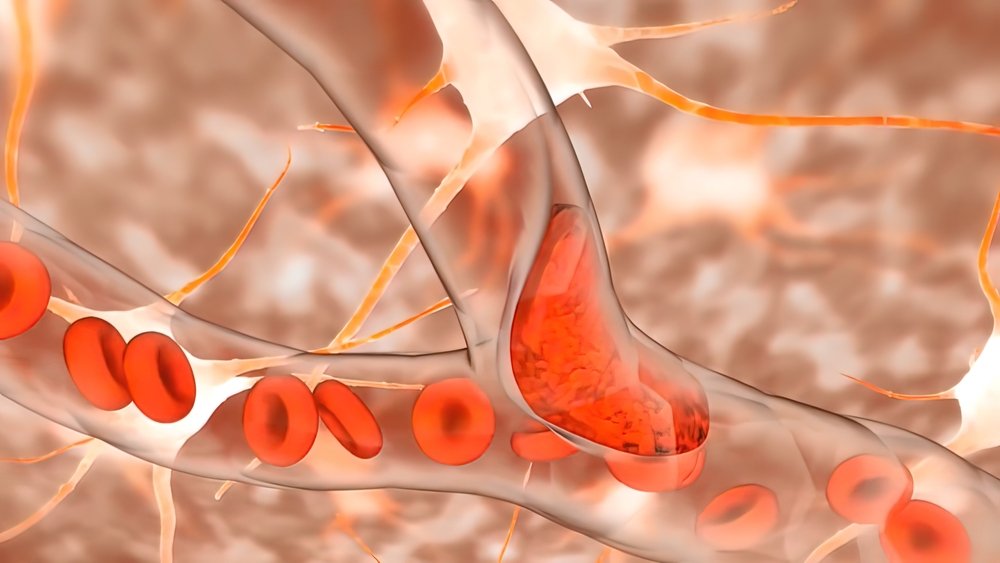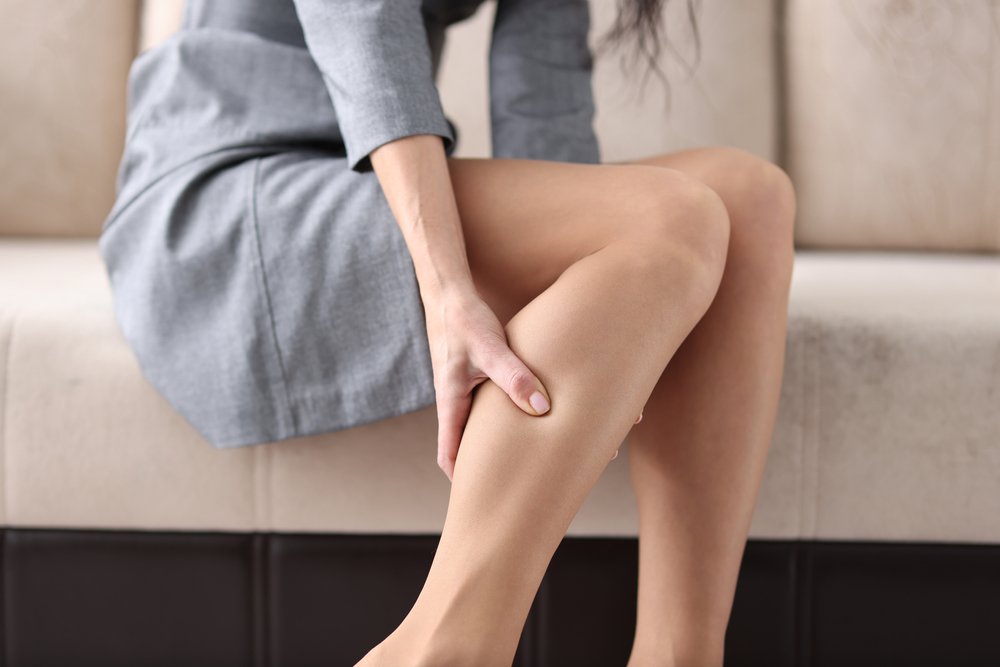Vascular injury is a frequently occurring pathological condition resulting from traumatic effects. In clinical practice, vascular injuries of the lower extremities are the most common, the second place is occupied by the upper extremities, and the third – by the vessels of the neck.
Depending on the nature of the injury, there are open and closed vascular injuries. In this article we will consider closed injuries, accompanied by the violation of the integrity of the intima.
What is a closed vessel injury?

Closed vessel injury is a pathological condition in which, as a result of traumatic impact, the integrity of the intima, more rarely the medial or outer sheath of the vessel has been violated. The main difference from open trauma is the absence of communication with the external environment, i.e. a penetrating wound, from which blood flows outwards.
First, let’s understand what the intima of a vessel is. The intima is the thin, transparent, very fragile membrane lining arteries and veins from the inside. It consists of endothelial cells and subendothelial connective tissue.
Closed vessel injury can be occlusive and contusion.
Occlusive trauma is accompanied by compression or contusion of the vessel, for example, as a result of displacement of bone fragments during fracture. In this case, first of all, the intima is affected. The medial vasculature is damaged only in case of intense traumatic impact.
If the integrity of the inner or middle vasculature has been compromised, we speak of a contusion injury, which is divided into three degrees. In the first degree there are single cracks on the intima, in the second degree there are circular more extensive damages. The third degree is when the integrity of not only the inner, but also the medial sheath is compromised.
The second and third degrees are accompanied by detachment of the inner membrane, blockage of the vascular lumen, and the occurrence of intravascular thrombosis.
If the integrity of all layers of the vascular wall has been compromised, a pulsatile hematoma is formed.
Clinically, closed vascular injuries may be accompanied by intense pain syndrome, inability to feel peripheral pulsation, and sensory disturbances. Pallor or cyanosis of the skin may also be observed. However, this pathological condition is often asymptomatic.
Basic diagnostic methods
A closed vessel injury can be suspected on the basis of concomitant complaints, history, and objective examination.
Duplex scanning is recommended to clarify the diagnosis, the importance of which in the diagnosis of vascular complications of trauma was described by scientists from the Scientific and Clinical Center for Miners’ Health in a paper published in 2014.
The examination plan may also be supplemented with angiography, computed tomography, or multispiral computed tomography if necessary. All other examinations play an auxiliary role and are selected depending on the nature of the injury, the accompanying clinical picture, and other factors.
Sources:
- Multiple and combined injuries / Sokolov V.A. – 2006
- Ultrasonic diagnosis of peripheral artery injuries in closed trauma. Clinical cases / Vlasova I.V. // Polytrauma – 2014 – №4
The articles on this site are for information purposes only. The site administrators are not responsible for attempting to apply any recipe, advice or diet, nor do they guarantee that the information provided will help or harm you personally. Be cautious and always consult a doctor or nutritionist!
*All products recommended by thefirstdoc.com are selected by our editorial team. Some of our articles include affiliate links. If you buy something through one of these links, you help us earn a small commission from the seller and thus support the writing of useful and quality articles.





